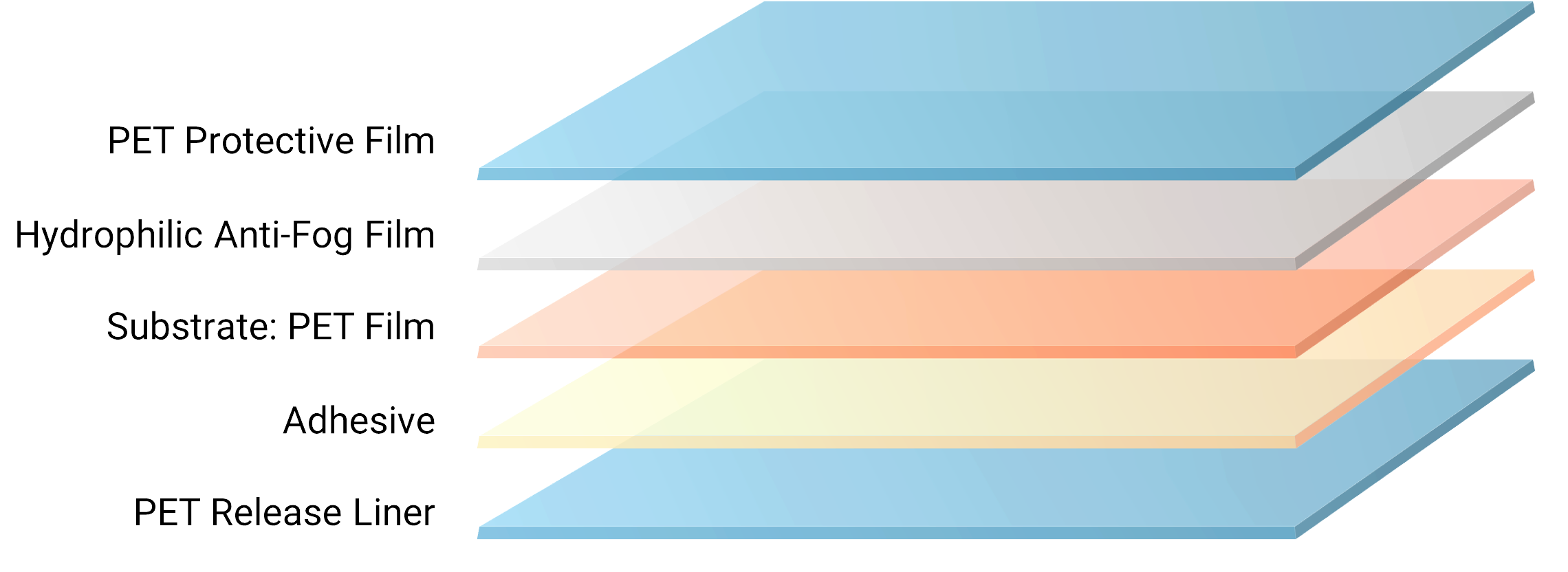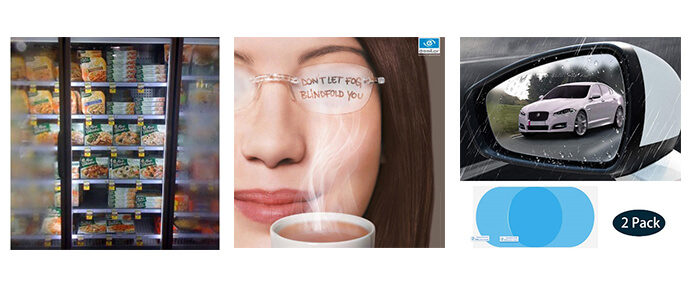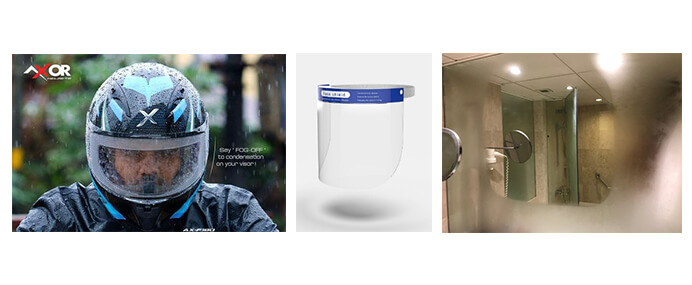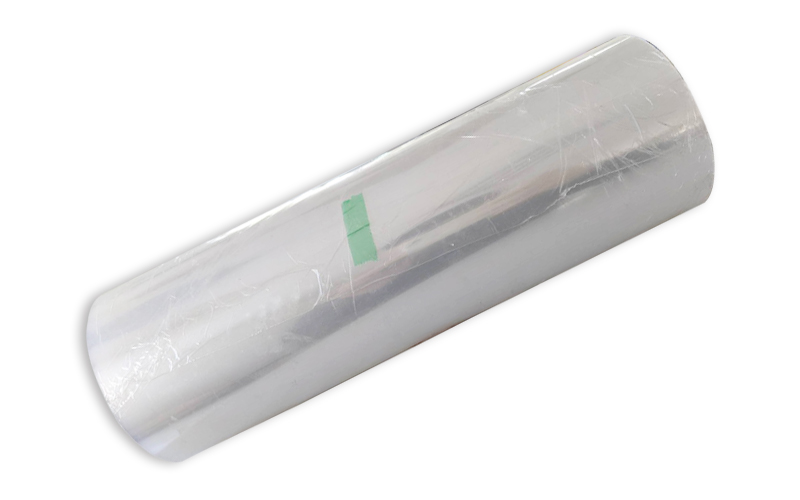Anti-fog film, also known as anti-condensation film, is a special product designed to prevent fogging on glasses or mirrors. Our anti-fog plastic film is perfect for tough environments like hot and humid conditions, indoor and outdoor work, and climate-controlled areas. Its hydrophilic properties make it effective in a wide range of applications, from everyday use to the automotive, food packaging, and leisure industries.
Prochase anti-fog PET film not only provides excellent anti-fog functionality but also offers exceptional optical clarity and impressive weather durability. Plus, our long-lasting premium AF coating layer ensures clear vision for an extended period, even after multiple washes with water.
- Excellent Surface Hardness
- High Light Transmittance
- Stable Adhesion Performance: No residue
- Pass EN-168 certification

goggles, freezer cases, refrigerators, cameras, windows, face shields, visors, protective clothing, rear mirrors, bathroom mirrors, glasses, masks, and other sports equipment…


| Substrate Thickness | Adhesive | Hydrophilic Layer |
|---|---|---|
| 50µm | OCA | 20±2 µm |
| 50µm | OCA |
10±2 µm |
| 50µm | PMMA | 20±2 µm |
| 100µm | Silicone | 10±2 µm |

